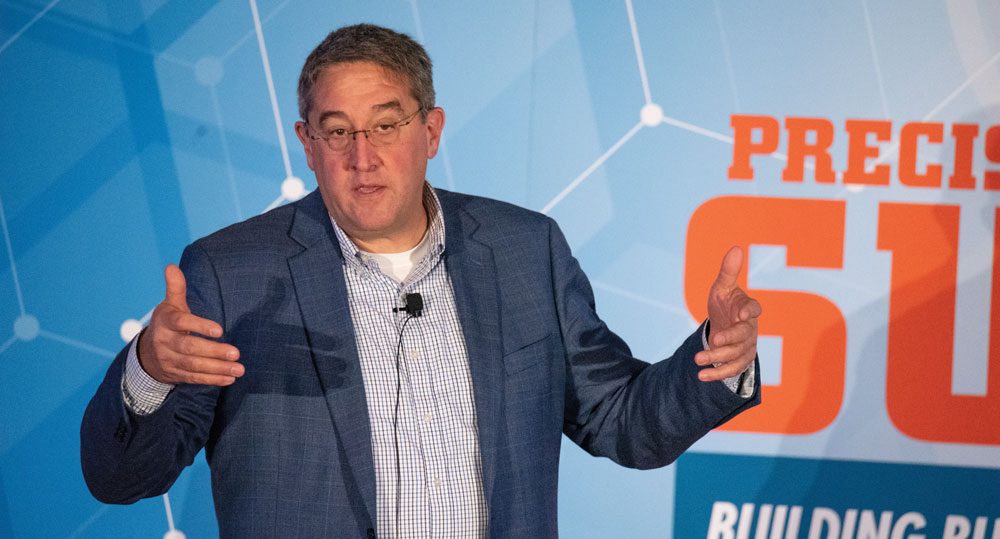Universities and colleges have had to rethink and revise the way they educate students and this is particularly true for precision ag undergraduates accustomed to hands-on, in-field learning.
We had a chance to catch up with Dr. Scott Shearer, professor and chair, Department of Food, Agricultural and Biological Engineering at Ohio State University at his home office. He shares how he and his peers have evolved their approach to ensure ag students continue their education, largely online, as well as the potential of adopting permanent changes to the academic calendar based on the lessons learned during the coronavirus pandemic.
Jack Zemlicka: How have circumstances changed interaction with students and how they are getting some of that hands-on learning that is so critical to precision education?
Scott Shearer: “Halfway through the semester, we went to online courses as most universities did. The academic unit was positioned pretty well for that to occur. In agriculture, a lot of our students already had jobs and they just started their full time jobs before the end of the semester. And you can imagine in springtime, a lot of companies were already busy, so for the students, that was very good.
“The last few months have caused everybody at Ohio State to reevaluate how we deliver instruction. We’ve been in the process of putting together a series of courses in what I’m going to characterize as digital agriculture and if anything, COVID-19 accelerated that process. We were putting together courses that were for credit as well as non-credit that could be applied toward meeting degree requirements.”
Zemlicka: What have you seen at the university level as far as how students are compensating for possibly a lack of in-field learning experience with the semester transitioning to online learning?
“Can we structure the academic year around the production year?…”
Shearer: “Part of the problem in terms of structured settings for students is if they’re going to do a lab, especially in the spring time, the question is, whether the weather is going to cooperate? We have schedules that we have to think about at the beginning of the semester in terms of this 14 or 15 week long semester.
“Obviously, we weren’t in class the second half of this year, so we have no laboratories. So we’re beginning to think about how we get students that hands-on experience. One of the things we’ve been trying to do is replicate a lot of equipment because butts in the seats is important in terms of really understanding the technology.
“But I’m also thinking about how we can use some of these online tools and do a much better job training students up front. There are some things we can simulate in a classroom setting, but we had a lot of students who left early this year and are trying to finish online.
“I wonder if we could structure the academic year around the production year. In other words, during the middle of the summer, students take online classes, but in spring, they ought to be out in the field and getting that hands-on experience and again, during fall harvest. There might be some creative ways we can rethink the curriculum in terms of allowing the right students, to self-pace learning and then be out there getting this work experience as well.
“One of the things we’re learning is in the future, Ohio State University students may not need to be at the university for all 4 years. We keep talking about hybrid courses, with students being on campus for part of it and another part is online or in the field. I think in the future, it’s going to be a different learning experience.”
Scott Shearer, is professor and chair of the Food, Agricultural and Biological Engineering department at Ohio State University. He specializes in precision farming, including autonomy, guidance systems, GPS and equipment automation. During his 30 years in academia, Shearer’s research efforts have focused on spectral and spatial image processing for the extraction of features for classifying agricultural settings; and controls and methodologies for metering and distribution of inputs in grain crop production systems.







